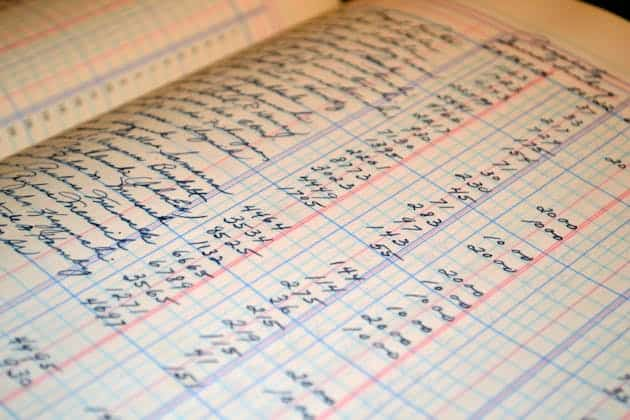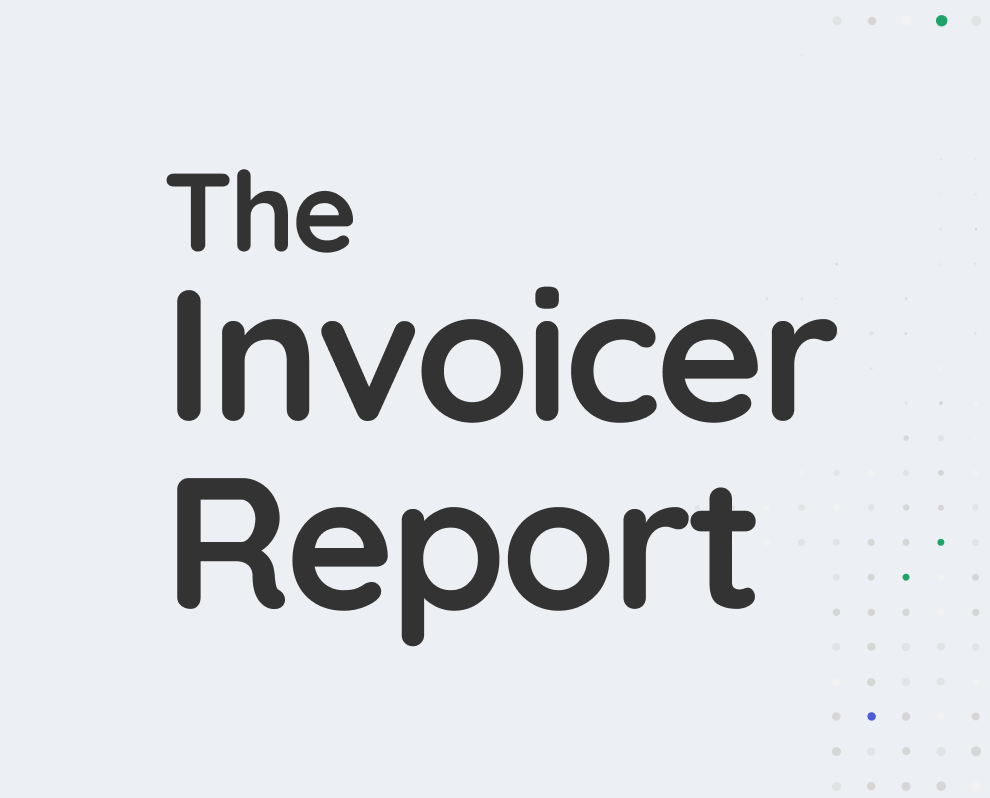What Is Accounts Receivable, and Why Does It Matter for Your Business?
March 26, 2024

Knowing how to track and manage accounts receivable is crucial. That’s especially true if your business provides products or services without upfront costs. It protects your cash flow and makes sure you’re on top of outstanding customer debts.
Here’s everything you need to know about accounts receivable.
What Is Accounts Receivable?
Bookkeeping is complex, but the accounts receivable definition isn’t. It’s the balance owed to a company for goods or services provided but not paid for.
So, is accounts receivable an asset? The answer is yes. These balances are short-term debts easily converted to cash. They should contribute to the assets column in your accounting ledger.
Why Do Companies Use Accounts Receivable?
Letting customers pay later for goods and services simplifies transactions. This is especially true when collecting payments each time would be too much work. An example of this is your electric company billing you at the end of the month. Collecting a payment every time you turn on a light would be difficult.
Accounts receivable help you keep track of money coming in by linking sales with receipts. This gives you an accurate view of your financial situation. Revenue records only update when cash is in hand, making them less accurate.
Accounts Receivable vs Accounts Payable: Key Differences

Accounts payable is the opposite of accounts receivable. And it’s just as important, especially when tracking expenses. Accounts payable are any balance the company owes for outstanding invoices. That means goods or services received but not paid for. This helps manage your money by tracking what you owe.
When you make a balance sheet, you list accounts receivable as an asset. But accounts payable are listed as a liability.
If you hire someone to work but don’t pay them right away, like a freelancer or agency, it adds to your accounts payable. And these costs become accounts receivable for whoever you owe.
You can also think of these figures in terms of cash flows. Accounts receivable show money coming in, and accounts payable show money going out.
RELATED ARTICLE — How to keep track of business expenses
Examples of Accounts Receivable
Here are some real-world applications:
- Renting Out Property. Any outstanding rent tenants owe increases your accounts receivable in real estate.
- Web Hosting. With web hosting, a service that provides web storage space for websites, the charges add up over a set pay period. They’re settled at the end.
- Legal Services. Lawyers usually bill clients periodically instead of after each service or consultation. The owed balance for services rendered becomes accounts receivable. It stays this way until you receive and pay for the bill.
RELATED ARTICLE — How to fill out a rent receipt
How Do I Track Accounts Receivable?

Freelancers and small business owners can track accounts receivable. Most modern accounting software offers tools to manage it.
Accrual accounting tracks revenues and expenses when they occur, not when you get paid. It differs from cash-basis accounting, which only records transactions with a cash exchange. This offers you a clearer view of your resources.
Use these metrics to see how well your company tracks the money it’s owed and the money it owes:
- Accounts Receivable Turnover Ratio. This measures how efficiently a company collects owed payments over a period. To calculate it, divide total net credit sales by average accounts receivable.
- Day Sales Outstanding (DSO). This provides further insight into a business’ payment collection efficiency. DSO is calculated by dividing the accounts receivable balance by the average daily credit sales.
A high accounts receivable turnover ratio and low DSO show good management. That means you have a quick and frequent collection of owed balances. A low accounts receivable turnover ratio and high DSO show the opposite. You have prolonged outstanding balances, hindering cash flow.
Benefits of Accounts Receivable
Accounts receivable is a tool that helps businesses keep track of the money they’re owed. It makes managing finances easier and helps things run smoothly.
Offering credit purchases gives your business an edge over competitors requiring payment upfront. By managing credit properly, you can offer this advantage without hurting your cash flow due to late payments.
Accounts receivable also helps with financial analysis. It allows businesses to record revenue when they make a sale. There’s no need to wait for cash collection. This generates insight into sales as they occur, regardless of when customers pay.
Having a steady stream of accounts receivable contributes to a steady cash flow. This helps businesses know exactly how much working capital they have at any given time.
Risks of Outstanding Accounts Receivable Balances

Offering products and services on credit comes with a few risks, including:
- Bad Debt. The biggest drawback is the possibility that customers can’t pay you. When this happens, balances become bad debt, converting assets into liabilities.
- Cash Flow Deficiencies. While accounts receivable is considered a liquid asset, it’s not cash. Problems arise if too many customers pay late or default on their debts.
- Increased Administrative Costs. Selling on credit complicates accounting. It takes longer to track receivables, manage disputes, and collect payments. And this can lead to more billable hours for your accountant. But the benefits are often worth the extra costs.
RELATED ARTICLE — How to write off unpaid invoices
How To Prevent Overdue and Missed Payments
Luckily, there are ways to get paid and avoid writing off too many accounts receivable balances as bad debts. Here’s how:
- Sending Reminders. Sending a reminder easily informs customers about upcoming due dates. Many email marketing, customer relationship management, and invoicing tools automate these reminders.
- Incentivizing Prompt Payments. Offering small discounts for paying early minimizes late payments. Everyone likes a discount, and no one likes paying extra. Late fees can also prevent late payments.
- Using Invoicing Software. Invoicing tools let you import payment data, especially for online payments. This makes managing accounts receivable easier.
- Hiring A Professional. If you have a business with complex accounting needs, hire an experienced professional like a CPA. They can make sure your books are always in order.
Offer Your Clients Simple Ways To Pay
Get paid on time by making it a cinch for your customers to submit payments online or in person.












